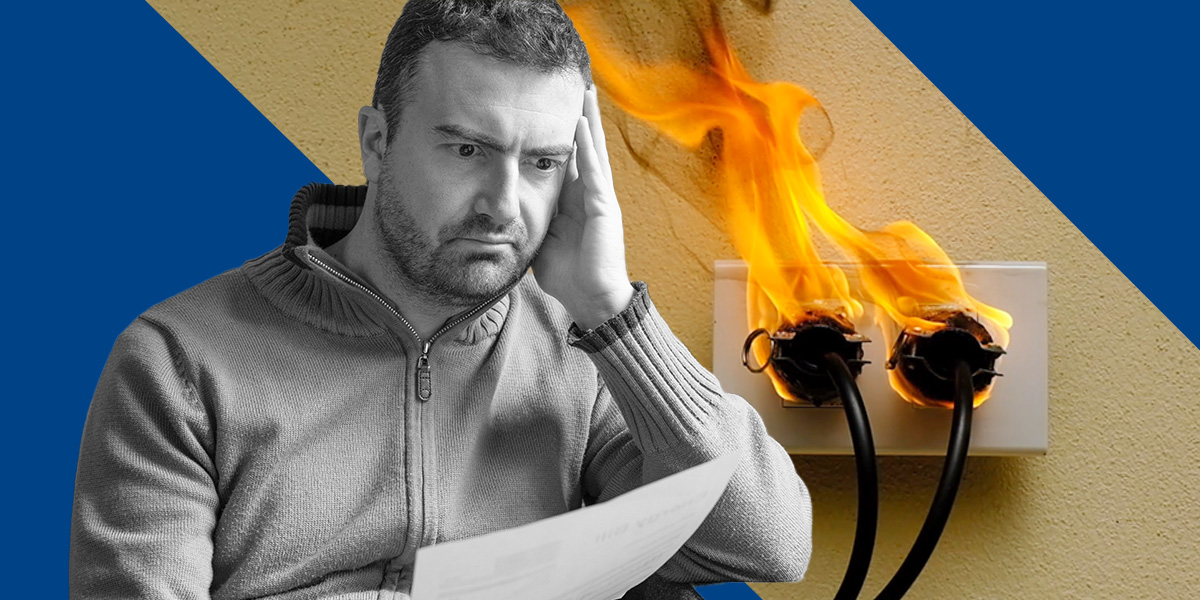By now you know what you pay for energy is up. Like… way up. But you probably don’t have a clue which of your household appliances is causing you the most pain when it comes time to pay your bills.
Thankfully we’re making it easy for Aussies to understand their energy habits, work out their costs and make a plan to keep more of their hard earned cash in their pocket instead of their energy provider’s!
We’ve got new numbers for 2023, showing which appliances are the biggest energy wasters in your state and costing you dearly while power prices remain at record highs.
First up…
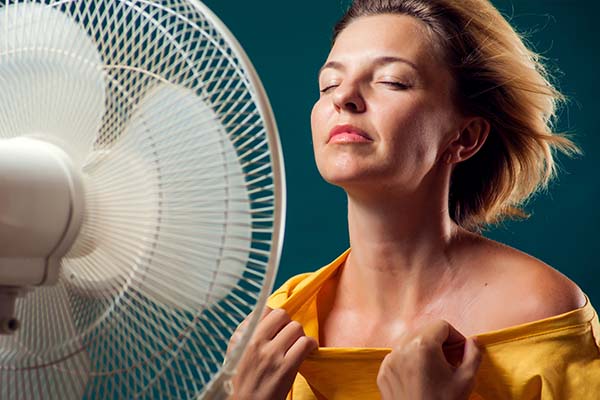
Key Points
- Retail price of energy remains high as we enter late 2022
- Heating and cooling cost continue to dominate household budgets
- Consumers brace for more pain as peak summer demand looms
Air Conditioning
Staying cool is easily once of the most costly parts of running your home, with Australians easily spending over $3.7 billion dollars on air conditioning over the summer period!
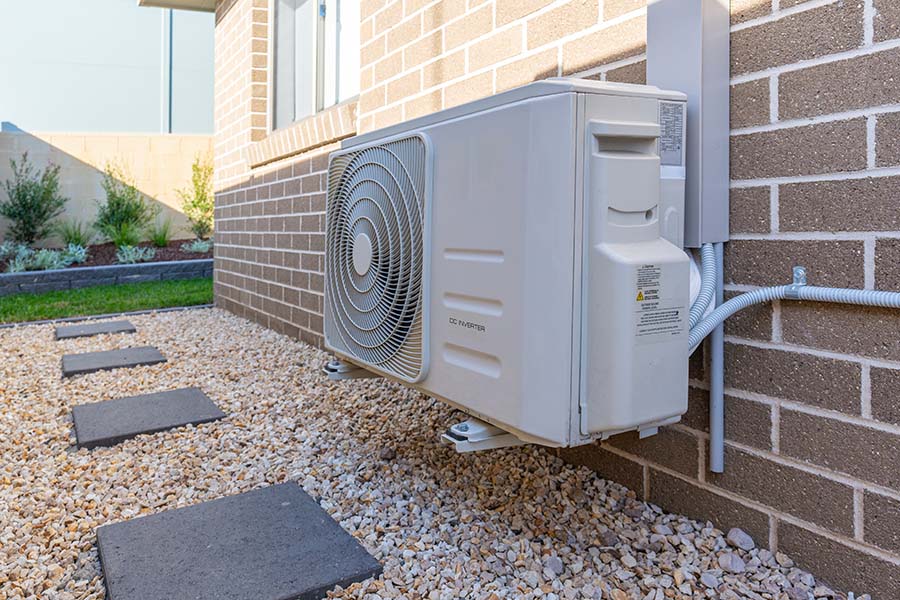
There are no signs that retail energy prices will improve before peak summer demand hits, meaning this could be another record year for amount spent by Australians on home air-conditioning.
The average reverse cycle air conditioner costs anywhere from about $23 to $300 a year to run for cooling, depending on the size of the room and location. Those numbers get even worse when you factor in running multiple units.
Let’s look at what you can expect to pay depending on where you live.
Reverse Cycle Systems – Cooling
Mobile and tablet users scroll to view full table →
Reverse cycle air conditioner: Average Annual Running Costs Cooling
| A/C System Size | Brisbane | Sydney | Adelaide | Perth | Melbourne | Hobart | Canberra |
| 2 – 3kW (Small) | $103.94 (497kWh) | $41.14 (170kWh) | $53.38 (170kWh) | $49.81 (170kWh) | $23.22 (109kWh) | $24.09 (109kWh) | $25.83 (109kWh) |
| 3 – 5kW (Medium) | $215.05 (991kWh) | $82.52 (341kWh) | $107.07 (341kWh) | $99.91 (341kWh) | $46.22 (217kWh) | $47.96 (217kWh) | $51.43 (217kWh) |
| 5 – 7kW (Large) | $299.89 (1,382kWh) | $114.71 (474kWh) | $148.84 (474kWh) | $138.88 (474kWh) | $64.11 (301kWh) | $66.52 (301kWh) | $71.34 (301kWh) |
See end of article for costing breakdown*
Ducted Systems – Cooling
A ducted whole-house reverse cycle air conditioning system is an even biggest money pit, coming in between $196 – $817 a year to run.
Mobile and tablet users scroll to view full table →
Ducted air conditioner: Average Annual Running Costs Cooling
| Ducted A/C System Size | Brisbane | Sydney | Adelaide | Perth | Melbourne | Hobart | Canberra |
| 12 – 15kW | $817.01 | $312.91 | $53.38 | $49.81 | $23.22 | $24.09 | $25.83 |
See end of article for costing breakdown*
How you can save on air conditioning
There’s a couple of simple changes you can make to how you use your air conditioner to cool your home that can make a huge dent in what it’s costing you.
- Close off the room you’re cooling and cool smaller spaces
- Use fans to circulate the air
- Set the temp on your system to between 22 – 24°C in the Summer
Getting solar is also a really smart choice for anyone who needs to run their aircon for extended periods to survive the summer.
Because demand on your aircon is at its greatest during the middle of the day when a solar system is producing at its best, a well sized system can hugely reduce the amount of energy you draw from the grid to keep yourself cool.
Heating
Using your air conditioner to heat your home when it’s cold is also a massive contributor to your home’s overall energy use. Again, let’s look at split systems vs ducted in terms of cost.
Reverse Cycle Systems – Heating
Mobile and tablet users scroll to view full table →
Reverse cycle air conditioner: Average Annual Running Costs Heating
| A/C System Size | Brisbane | Sydney | Adelaide | Perth | Melbourne | Hobart | Canberra |
| 2 – 3kW (Small) | $11.07 (51kWh) | $107.45 (444kWh) | $139.42 (444kWh) | $130.09 (444kWh) | $188.51 (855kWh) | $195.59 (855kWh) | $209.75 (855kWh) |
| 3 – 5kW (Medium) | $15.19 (70kWh) | $111.80 (462kWh) | $147.07 (462kWh) | $135.37 (462kWh) | $265.82 (1,248kWh) | $275.81 (1,248kWh) | $295.78 (1,248kWh) |
| 5 – 7kW (Large) | $24.09 (111kWh) | $184.40 (762kWh) | $239.27 (762kWh) | $223.27 (762kWh) | $444.11 (2,085kWh) | $460.79 (2,085kWh) | $494.15 (2,085kWh) |
See end of article for costing breakdown*
Ducted Systems – Heating
Mobile and tablet users scroll to view full table →
Ducted air conditioner: Average Annual Running Costs Heating
| Ducted A/C System Size | Brisbane | Sydney | Adelaide | Perth | Melbourne | Hobart | Canberra |
| 12 – 15kW | $62.06 | $468.75 | $608.22 | $567.54 | $1,118.46 | $1,160.47 | $1,244.49 |
See end of article for costing breakdown*
How you can save on heating
While we’re heading into spring and summer, keep these tips in mind so you’re prepared for next time the mercury dips.
- Only heat the rooms you’re using
- Reduce the temperature on your heater by a couple of degrees
- Throw on a jumper!
A solar system can give you an even greater edge next winter, letting you run your system off the electricity you produce during the day, and offsetting your costs at night with the feed-in tariff (FiT) your energy retailer pays you for your excess.
Pool Pump and Heater
Having a pool in the backyard is great… so long as that backyard belongs to a friend or relative who’s happy inviting your around to use it.
Between filling it, cleaning it, and paying for chemicals, the amount a pool costs in time and effort can feel never ending.
Where your eyes really start to water (Get it? Water…?) is when you realise that running a pool heater and pool pump costs Aussies on average $600 and $132 per quarter respectively.
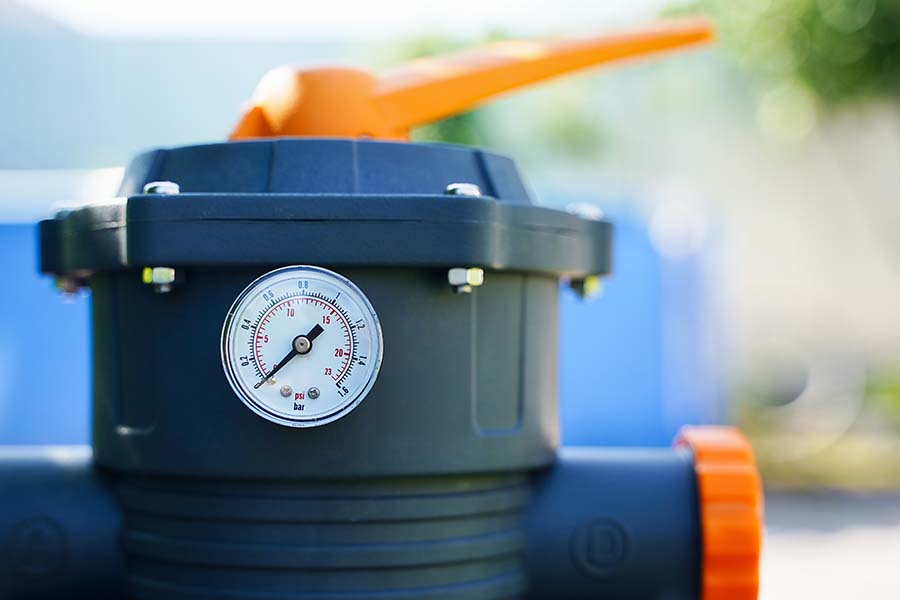
When it comes to keeping keeping your electricity bill under control pool pumps suck.
That’s crazy.
A heated pool costs on average $2,928 per year to run in Australia!
Source: Canstar*
How you can save on your pool
There are a few tricks to keeping your pool runnings costs low.
- Get a solar pool cover
- Lower your pool temperature when not in use
- Lower your pool pump speeds when you turn off your heater
If you want an effective, immediate solution, think about investing in a solar pool pump or getting solar for your home to drastically reduce the amount of energy your pool draws from the grid.
Saving this Summer
Household budget are set to be spread even thinner as we head into summer, thanks to our reliance on expensive appliances to see out the heat.
If the triple threat of the energy crisis, interest rate hikes, and record cost of living pressures are leaving you feeling vulnerable, then maybe it’s time to take a closer look at your own household energy use, and make a plan to minimise your reliance on the grid.
There are great government resources out there designed to help you do just that. Those small changes can really add up.
It’s Time for Solar
If you’re looking for a permanent solution to big bills then now’s the time to speak to qualified solar installers about getting a new system. You save as much as 80% on energy!
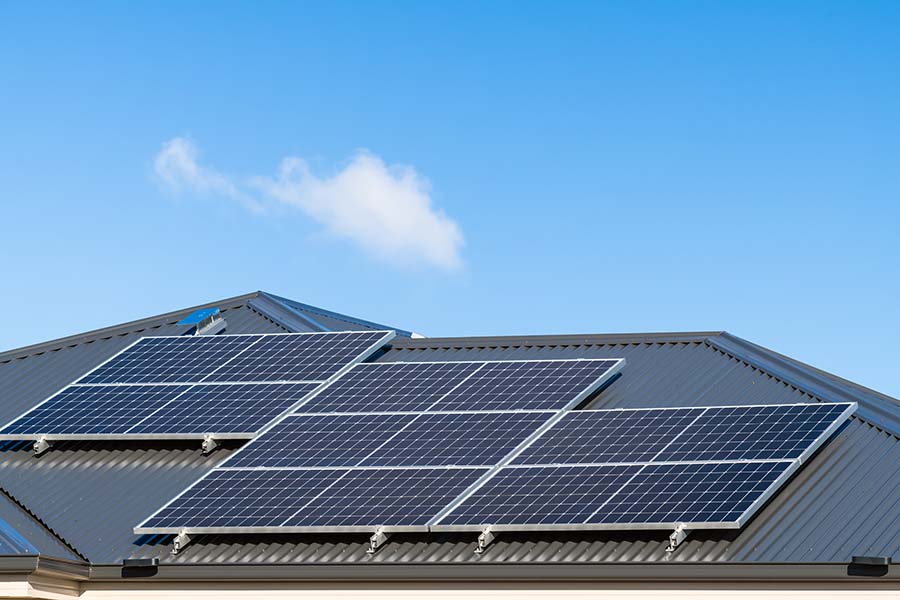
A well size rooftop solar system is still the best way to drive down climbing energy costs at home.
The warmer months are by far the busiest for solar installers, and it’s not uncommon for there to be huge wait times on systems. By starting the conversation right now you’ll be doing everything you can to be done in time for summer!
Click the link below and we’ll connect you with 3 certified local installers. Compare their quotes, lock in your install and start saving!
Finally, know anyone going broke over their pool? Help them out by sending them this article! It’s the least you can do.
Source: Canstar. Average energy consumption figures based on reverse cycle, non-ducted, single split system air conditioners listed in the Commonwealth of Australia E3 Program’s Registration database. Capacity based on rated cooling capacity at 35°C. Usage cost estimates based on average electricity usage costs – 21.7 c/kWh in Brisbane, 24.2 c/kWh in Sydney, 31.4 c/kWh in Adelaide, 21.3 c/kWh in Melbourne, 22.1 c/kWh in Hobart and 23.7 c/kWh in Canberra. Except for Perth which is based on the usage rate of the Synergy Home Plan of 29.3 c/kWh..
